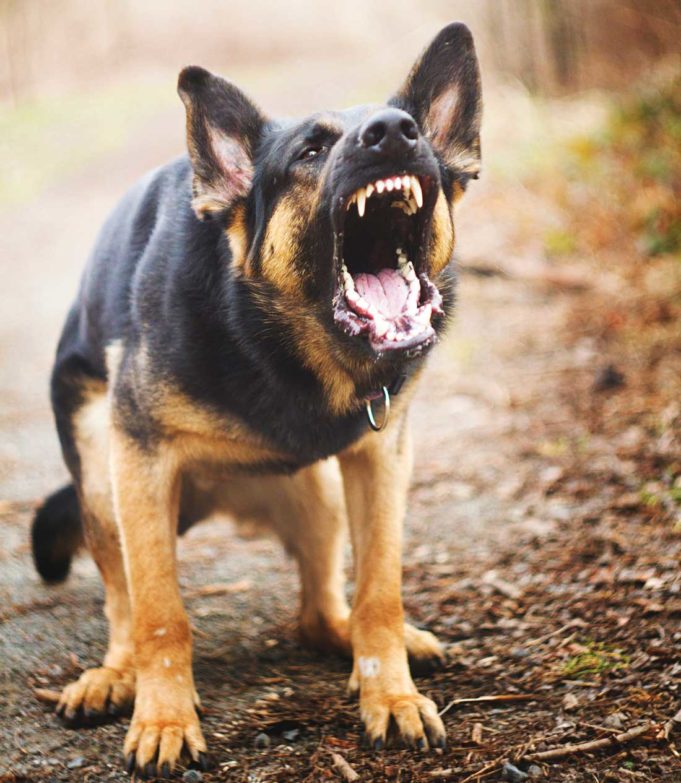Some of my old school buddies were carping online recently about how tough our football coaches were back before the invention of helicopter parents and civil lawsuits. Our gridiron glory days occurred mostly at Hill Elementary, Bailey Junior High, and Arlington High schools. This was during the 1970s, when plastic helmets and facemasks were known to crack and break. Back when coaches withheld water during practice on 100-degree days to toughen us up. When coaches were a salty combination of a boot camp sergeant, David Koresh, and Jack the Ripper, with a touch of Vlad the Impaler thrown in for grins.
Discussions with former teammates made it clear that being abused by coaches was the norm. Yet most of us look back at those times and coaches with fondness.
Stockholm Syndrome much?
Practice drills provided the most memorable torments. A drill I hated went like this: A player would stand on the field facing the coach, who was set to throw a football to him. The player had to keep his eyes on the ball and make the catch while ignoring the two players running toward him from either side to smash into him and make him drop the ball. The drill was tough but had a point – improving a receiver’s focus.
A variation of this drill involved a coach’s German Shepherd, Jo-Jo. The coach would send players on long pass routes and then, well, I’ll let former teammate Grover Cribbs explain:
“Coach would go, ‘Hut!’ And I’d take off. After about 25 yards, coach would go, ‘Get him, Jo!’ That German Shepherd would run me down, and coach would launch the ball, and about the time the ball would get there, that dog would be biting my ass and bringing blood. That is real stuff.”
There was a method to the madness.
“No defensive back ever scared me,” Cribbs said.
We laughed, recalling how us water-deprived players learned how to stick our fingers into the in-ground sprinkler systems and create puddles of muddy, grassy water to drink from. Other players stood around to “cover up for people down there getting drinks,” he said.
Cribbs played wide receiver at TCU from 1979 to 1982.
“It was hard work, and they busted your ass, but it was a different world,” he said. “It was business. More like a job.”
Nowadays, few coaches at any level could get away with butt-biting dogs and water deprivation.
“You think these kids’ parents would take that today?” Cribbs asked rhetorically.
That toughness might eventually be the sport’s undoing. The University of North Carolina has studied injuries and deaths tied to high school and college football since 1965. About four times as many players died from injuries from 1965 to 1974 compared to 2005 to 2014, its reports show. The improved numbers were credited to better healthcare and safer rules and equipment. Still, participation in high school football is declining across the country, although not so much in the South and West, according to the National Association of State High School Federations.
The diminished interest has occurred as evidence connecting brain disease to repeated head blows and concussions continues to surface. The NFL has slowly, grudgingly, and slightly acknowledged the medical evidence since former Commissioner Paul Tagliabue established the Mild Traumatic Brain Injury Committee in 1994. Yet, despite rules changes designed to improve safety, NFL players saw an increase in concussions in 2017 over the previous five years. Longtime NFL analyst Bob Costas bowed out of his usual Super Bowl broadcast duties on NBC earlier this month after saying last year that “this game destroys people’s brains.”
I recall teammates going down with concussions but don’t recall anyone ever warning us about long-term brain injuries that lead to suicidal thoughts and dementia. I’m not sure the warnings would have stopped my friends and me from playing. Being pushed to your physical, mental, and emotional limits was a big part of the attraction – even when it included German Shepherds.
It’s best that head injuries and brain damage are being addressed now. Maybe football won’t completely evolve into a gladiator sport with players from desperate backgrounds willing to make money in exchange for almost certain debilitating injuries.
I bring all this up because I was thinking about the former TCU football player who is suing his coaches for pressuring him to play through injuries. Head Coach Gary Patterson is a tough SOB and kind of an asshole on the field, yelling at players and coaches alike. It’s what an old guy like me expects from a coach. Tough, no-nonsense, slightly crazy. And if a little spittle gets in your eye after you’ve missed a tackle or dropped a pass, consider yourself coached.
The court of public opinion appears to be gaveling Kolby Listenbee’s attempt to garner more than $1 million in damages.
“This is a money grab,” wrote a Twitter user, echoing the thoughts of many others letting their fingers do the talking.
“Sorry, guy, but you got a free degree, free tutors, free meals, free living, and all the gear you can handle,” wrote another. “Then you wait until later to say ‘abuse.’ ”
Listenbee’s personal injury lawsuit, filed January 31 in Dallas County Court, claims he injured his pelvis during his senior year in 2015. He said coaches humiliated him, pressured him to return to the lineup before he was physically ready, and questioned his toughness.
Clearly, he had never spent any time in Sticker Stadium.
Among the various threatening drills we went through back in the day, one stands out – not only because it was dangerous but because it brought out the inner Listenbee in my friends and me.
Behind a set of bleachers was a large sticker patch. Sticker Stadium was thick with purple-husked, dagger-pointed little bastards that made you want to cry when you stepped on one. A coach made us push a five-dummy blocking sled to the middle of that patch. One by one, players were told to hit a dummy, drop to the ground, roll over, and jump back up and hit the next dummy, all the way down the line.
Rolling in that ungodly patch meant your jersey was basically stapled to your skin with dozens of stickers. We would walk in agony to the back of the line. We teammates would grab each other’s jerseys, yank them, and rip out the stickers with one quick, excruciating pull. Everyone went through the drill at least once that day. Finally, some brave soul refused to participate any longer.
The coach shamed him, called him a wimp, and sent him to the showers. We watched him go. The coach blew his whistle for the drill to resume, but the next player in line refused as well. The coach went red in the face, screamed at us, called us cowards, and ordered us all to the showers.
This was our cue to hang our heads, look embarrassed, and ask forgiveness. Instead, we cheered and ran to the locker room. Never had such joyous rapture been witnessed on a practice field.
We were still laughing in the locker room when the door swung open with a crash. The coach stormed inside, picked up a metal folding chair, and heaved it across the room into a pile of teenagers. We ducked. The chair smashed into a locker and clanged to the ground.
We caught hell at practice the next day. But for a brief moment we had stripped the coach of his power. And even though it felt great at first, it felt wrong. Football is hard. Coaches are tough. That’s how it’s supposed to be.
In 2016, the Buffalo Bills selected Listenbee in the sixth round of the NFL Draft. But the TCU wideout never played a game. His injury didn’t heal properly, in part because coaches pressured him to play hurt and to take painkilling shots, he said. Maybe the judge would rule in his favor if he could add incidences of being bitten by German Shepherds, drinking muddy water, and rolling around in sticker patches. Come to think of it, I’ve got bad knees and a receding hairline. Anyone know a good lawyer?












